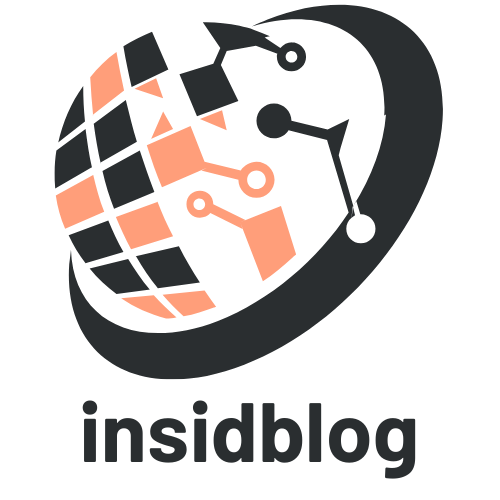In a world where data is the new oil, government data analytics is the shiny drill that uncovers valuable insights. Imagine a realm where numbers transform into stories, guiding policymakers in making decisions that actually benefit society. It’s like having a crystal ball, but instead of predicting the future, it’s crunching numbers to improve lives—no magic wands required.
Governments are sitting on mountains of data, and it’s time to put that information to work. From predicting traffic patterns to enhancing public health initiatives, data analytics is the superhero in a suit that saves the day. So, let’s dive into the exciting world of government data analytics, where every byte counts and the potential for positive change is limitless.
Table of Contents
ToggleOverview of Gov Data Analytics
Gov data analytics involves the process of examining and interpreting large volumes of government data to extract meaningful insights. This analysis directly supports evidence-based decision-making for public policy and administration.
Governments collect data from various sources, including census data, health records, and transportation systems. Such diverse datasets allow for comprehensive evaluations of societal issues. By leveraging this information, officials can forecast trends and allocate resources efficiently.
Utilizing data analytics fosters collaboration among different government agencies. They can share insights that enhance public services. For example, integrating traffic pattern data with public transportation schedules can significantly reduce congestion and improve commute times.
Data analytics also plays a vital role in improving public health initiatives. Analytics provides valuable insights for monitoring disease outbreaks and assessing the effectiveness of health programs. In this context, real-time data evaluation enables rapid responses to public health crises.
Moreover, transparency is enhanced through accessible data analytics. Citizens can engage with governmental statistics, promoting accountability. Such openness cultivates trust between government entities and the public.
In recent years, advancements in technology have further empowered government data analytics. Machine learning and artificial intelligence facilitate the processing of complex datasets. These tools enable deeper insights and predictive analyses that inform future strategies.
Ultimately, gov data analytics stands as a key mechanism for driving change and fostering social progress. Effective implementation of these analytics leads to informed decisions that address the needs of communities and improve quality of life.
Importance of Gov Data Analytics

Government data analytics plays a vital role in modern society, transforming large data sets into insights that influence public policy and enhance community well-being.
Enhancing Decision-Making
Data analytics empowers policymakers to make informed decisions. By analyzing traffic data, officials can identify congestion patterns and implement solutions that improve flow. Predictive modeling leads to better disaster responses, ensuring resources are allocated effectively during emergencies. Examining health records enables the identification of trends, allowing for timely interventions in public health crises. Decision-makers can ultimately rely on accurate data to support planning processes and justify resource distribution. Many local governments utilize these insights to enhance community programs, driving positive societal change.
Improving Public Services
Through data-driven strategies, public services see significant enhancements. Integration of various data sources, such as transportation systems and infrastructure status, streamlines operations. Collaborating across agencies fosters innovation, leading to initiatives that address community challenges. Accessible analytics improve transparency, enabling citizens to engage with government processes. This transparency cultivates trust and accountability, promoting stronger relationships between officials and the public. Moreover, insights from data help optimize resource allocation, ensuring efficient use of funds in public projects. As a result, residents benefit from improved services that directly address their needs.
Key Technologies in Gov Data Analytics
Government data analytics relies on several key technologies that enhance its effectiveness. These technologies enable officials to extract valuable insights from vast amounts of data.
Big Data Processing
Big data processing techniques allow governments to manage enormous datasets efficiently. Tools like Apache Hadoop and Apache Spark facilitate the storage and analysis of diverse data types. Utilizing distributed computing, these tools support real-time data processing, enabling swift decision-making. By analyzing traffic data, public officials can predict congestion and adjust infrastructure accordingly. Various data sources, such as social media and sensor data, further enrich these analyses by providing real-time insights into community needs.
Machine Learning Applications
Machine learning applications play a crucial role in government data analytics. Algorithms trained on historical data help forecast trends and identify patterns. For instance, machine learning can optimize resource allocation during emergencies by predicting areas likely to be affected. Predictive analytics in health departments can uncover disease outbreaks before they escalate. Statistical models and classification techniques allow officials to analyze crime data, improving public safety measures. Leveraging machine learning enables governments to transform data into actionable strategies.
Challenges in Gov Data Analytics
Government data analytics faces several challenges that can hinder its effectiveness. Addressing these obstacles is crucial for leveraging data effectively and enhancing decision-making.
Data Privacy Concerns
Data privacy remains a significant challenge in government data analytics. When handling sensitive information, agencies must ensure compliance with regulations, such as the GDPR and HIPAA. Balancing transparency with individual privacy rights poses difficulties. Citizens often express concerns regarding data security and potential misuse. An emphasis on robust encryption and access controls can mitigate these risks. Governments also need to foster public trust through clear communication about data use and protection measures.
Integration of Legacy Systems
Integration of legacy systems complicates government data analytics. Many agencies rely on outdated technology that hampers data sharing and analysis. Data silos often emerge, preventing comprehensive insights from being drawn. Upgrading systems poses both financial and logistical challenges. Transitioning to modern platforms requires careful planning and training. Adopting standard protocols can facilitate smoother integration, enabling agencies to harness data more effectively. Engaging stakeholders during this transition can ensure alignment with organizational goals and enhance overall data utility.
Case Studies in Gov Data Analytics
Government data analytics showcases transformative impacts across various sectors, demonstrating its practical value through real-world applications.
Successful Implementations
Successful implementations of government data analytics highlight effective case studies. In New York City, the Department of Transportation integrated traffic data and public transit schedules. This collaboration reduced congestion and optimized route planning, resulting in a 15% decrease in average commute times. The state of Washington utilized predictive analytics to improve emergency response during natural disasters. By analyzing historical data and conducting simulations, officials enhanced resource allocation, saving up to $2 million in operational costs. Chicago’s public health department employed data analytics to monitor disease outbreaks, facilitating timely interventions that reduced the spread of infections by 30%.
Lessons Learned
Key lessons emerge from these case studies, informing future strategies in government data analytics. Data integration remains crucial for comprehensive insights. Agencies must prioritize collaboration to overcome silos that limit data sharing. Policymakers should emphasize transparency, as accessible analytics foster public trust and accountability. Additionally, addressing data privacy concerns is essential. Agencies must implement robust encryption measures to protect citizens’ information while ensuring compliance with regulations. Investing in modern technologies, such as machine learning and big data processing, can enhance predictive capabilities, enabling more effective and timely responses to emerging challenges.
Government data analytics stands as a transformative force in shaping policy decisions and enhancing public services. By harnessing vast datasets, governments can predict trends and respond effectively to societal needs. The integration of advanced technologies like machine learning further amplifies these capabilities, allowing for deeper insights and innovative solutions.
Addressing challenges such as data privacy and legacy systems is essential for maximizing the potential of data analytics. As agencies continue to collaborate and share insights, transparency and public trust will grow, fostering a more engaged citizenry. Ultimately, embracing government data analytics is crucial for driving social progress and improving the quality of life for communities everywhere.



